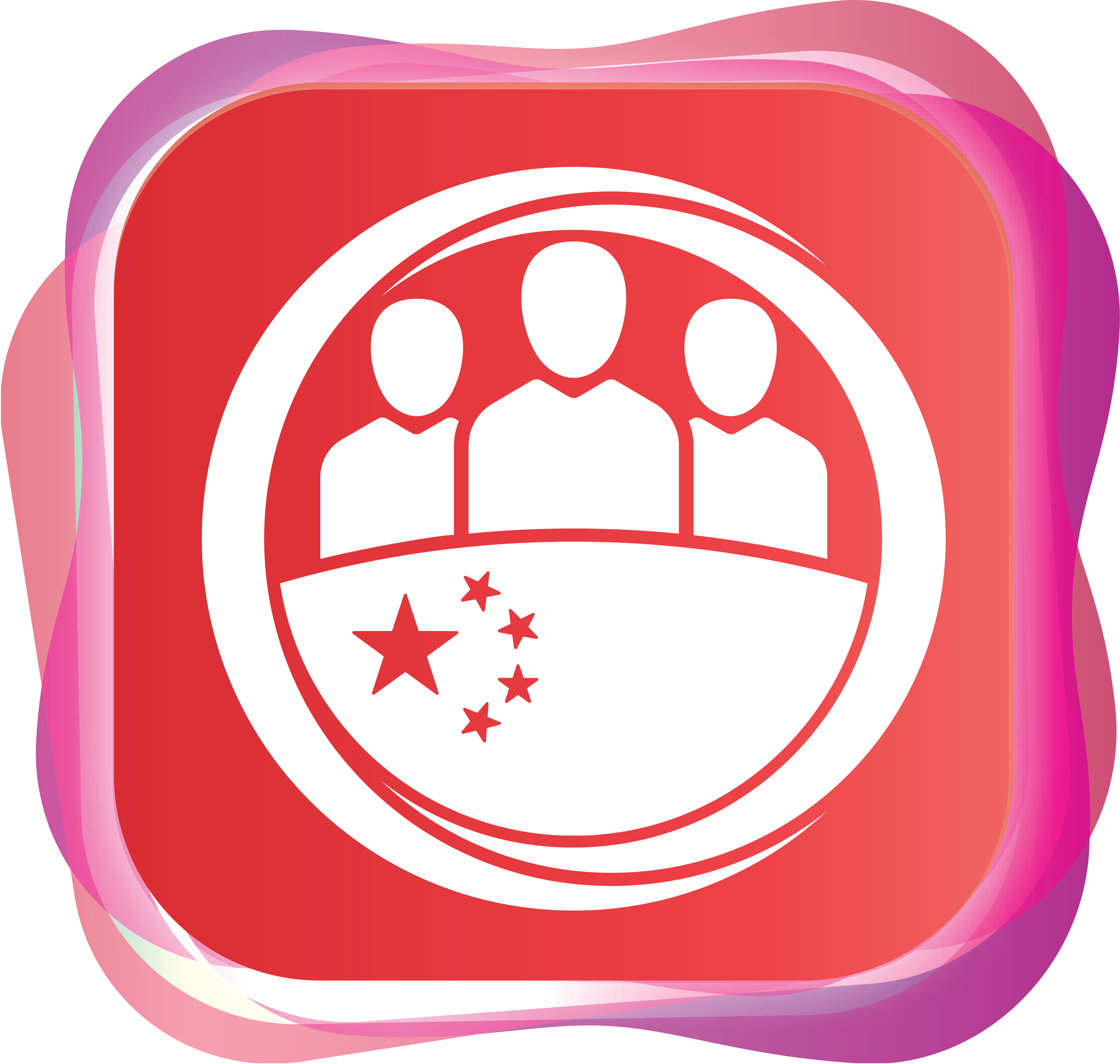 |
CCCH9060 China: Culture, State and Society
|
Course Description
This course will cultivate your understanding and appreciation of the diverse local and vernacular elements found in communities across the Chinese world, inspiring you to develop a heightened, critical curiosity about China’s vast cultural landscape and variant local manifestations. Your knowledge of cultural difference and regional variation will deepen through rigorous transdisciplinary approaches to exploring traditions and cultural practices, and sharing your penetrating analyses and discoveries with others. We will examine Chinese culture from personal and local perspectives and see how tradition varies across society. We will scrutinize the findings of our observations using the tools of critical comparative analysis to more deeply clarify, assess, and appreciate cultural practices that may be overlooked or taken for granted. You will document your research findings and present captivating narratives and analyses exploring the cultural and social aspects you investigate, through presentations, videos, posters, and reports. The course will furnish you with examples of vernacular and regional culture to stimulate and motivate your independent research, focusing on your hometown or other places you are interested in. We will encourage you to make comparisons between different places—such as hometown practices in contrast with those of Hong Kong—to uncover more profound connections that you might discover.

Course Learning Outcomes
On completing the course, students will be able to:
- Understand and analyse the depth and nuances of Chinese culture from diverse local viewpoints and more intimate and personal perspectives and in order to articulate those perspectives in nuanced engagement with others.
- Better navigate through, and keenly observe, cultural heterogeneity & homogeneity and regional differences & similarities from a variety of perspectives and with multifaceted understanding.
- Understand the colorful variety of local manifestations of culture and tradition and be better prepared to situate differences and similarities in broader regional and global frames of reference.
- Apply rigorous approaches and penetrating perspectives to collaborating with others in exploring and explaining the traditions and cultural elements that fascinate them.
Offer Semester and Day of Teaching
Second semester (Wed)
Study Load
| Activities | Number of hours |
| Lectures | 24 |
| Tutorials | 12 |
| Reading / Self-study | 30 |
| Out of class experiences | 20 |
| Assessment: Essay / Report writing | 10 |
| Assessment: Individual assignment | 6 |
| Assessment: Group project (incl preparation) | 20 |
| Assessment: Group poster production and presentation | 8 |
| Total: | 130 |
Assessment: 100% coursework
| Assessment Tasks | Weighting |
| Research proposal | 20 |
| Group presentation | 35 |
| Poster | 15 |
| Reflective writing | 30 |
Required Reading
Selections from:
- Baker, H. (2011). Ancestral Images: A Hong Kong Collection. Hong Kong: Hong Kong University Press. From https://ebookcentral.proquest.com/lib/hkuhk/detail.action?docID=863862
- Dott, B. R. (2020). The Chile Pepper in China: A Cultural Biography. Columbia University Press. From http://www.jstor.org/stable/10.7312/dott19532
- Fung, A. Y. H. (Ed.). (2013). Asian popular culture: The global (dis)continuity. Oxford: Taylor & Francis Group. From https://ebookcentral.proquest.com/lib/hkuhk/detail.action?docID=1207552
- Harrell, S. (2012). Ways of Being Ethnic in Southwest China. Seattle: University of Washington Press. From https://muse.jhu.edu/book/19896/pdf
- Johnson, E. L., &. Johnson, G. E. (2019). A Chinese Melting Pot: Original People and Immigrants in Hong Kong’s First ‘New Town’ (1st ed.). Hong Kong: Hong Kong University Press. From https://www.jstor.org/stable/j.ctvs1g8gp
- Meskill, J. M. (1979). A Chinese Pioneer Family: The Lins of Wu-feng, Taiwan, 1729-1895. Princeton University Press. From http://www.jstor.org/stable/j.ctt1m3nz8h
- Naquin, S. (2019). The Material Manifestations of Regional Culture. Journal of Chinese History, 3(2), 1-17.
- Simmons, R. V. N. (2017). Whence Came Mandarin? Qing Guanhua, the Beijing Dialect, and the National Language Standard in Early Republican China. Journal of the American Oriental Society, 137(1), 63-88.
- Watson, J. L. (2014). Meat: A Cultural Biography in (South) China. In J. A. Klein & A. Murcott (Eds.), Food Consumption in Global Perspective. Consumption and Public Life. London: Palgrave Macmillan. From https://doi.org/10.1057/9781137326416_2
- Watson, J. L., & Watson, R. S. (2004). Village Life in Hong Kong: Politics, Gender, and Ritual in the New Territories. Hong Kong: CUHK Press.
- Zhang, Q., & Farquhar, J. (2012). Ten Thousand Things: Nurturing Life in Contemporary Beijing. Princeton: Princeton University Press.
Course Co-ordinator and Teacher(s)
| Course Co-ordinator | Contact |
| Professor R.V.N. Simmons School of Chinese, Faculty of Arts |
Tel: 3917 7924 Email: rvanness@hku.hk |
| Teacher(s) | Contact |
| Professor R.V.N. Simmons School of Chinese, Faculty of Arts |
Tel: 3917 7924 Email: rvanness@hku.hk |
| Dr Y.Y. Chan School of Chinese, Faculty of Arts |
Tel: 3917 5101 Email: lenachan@hku.hk |

